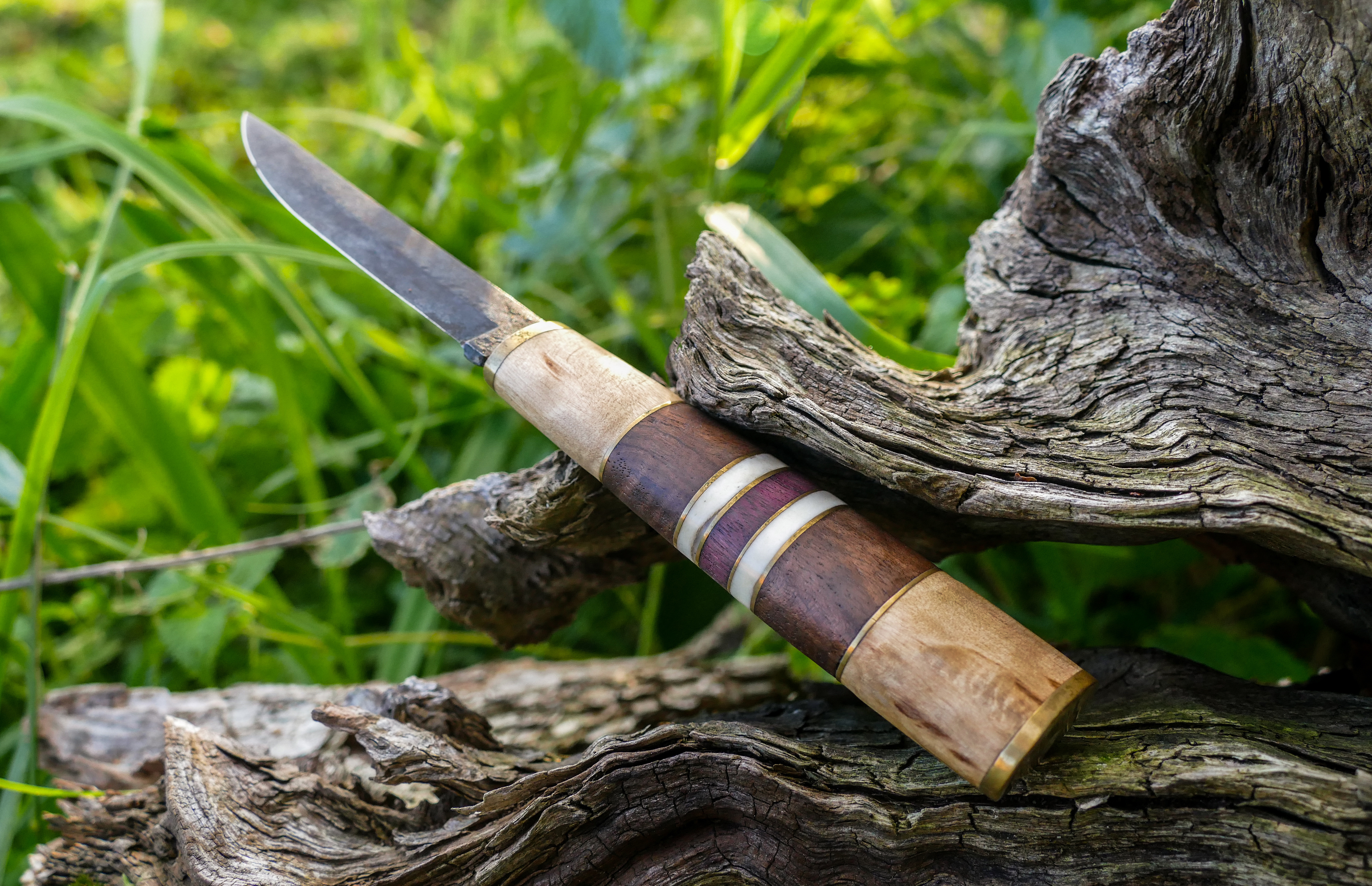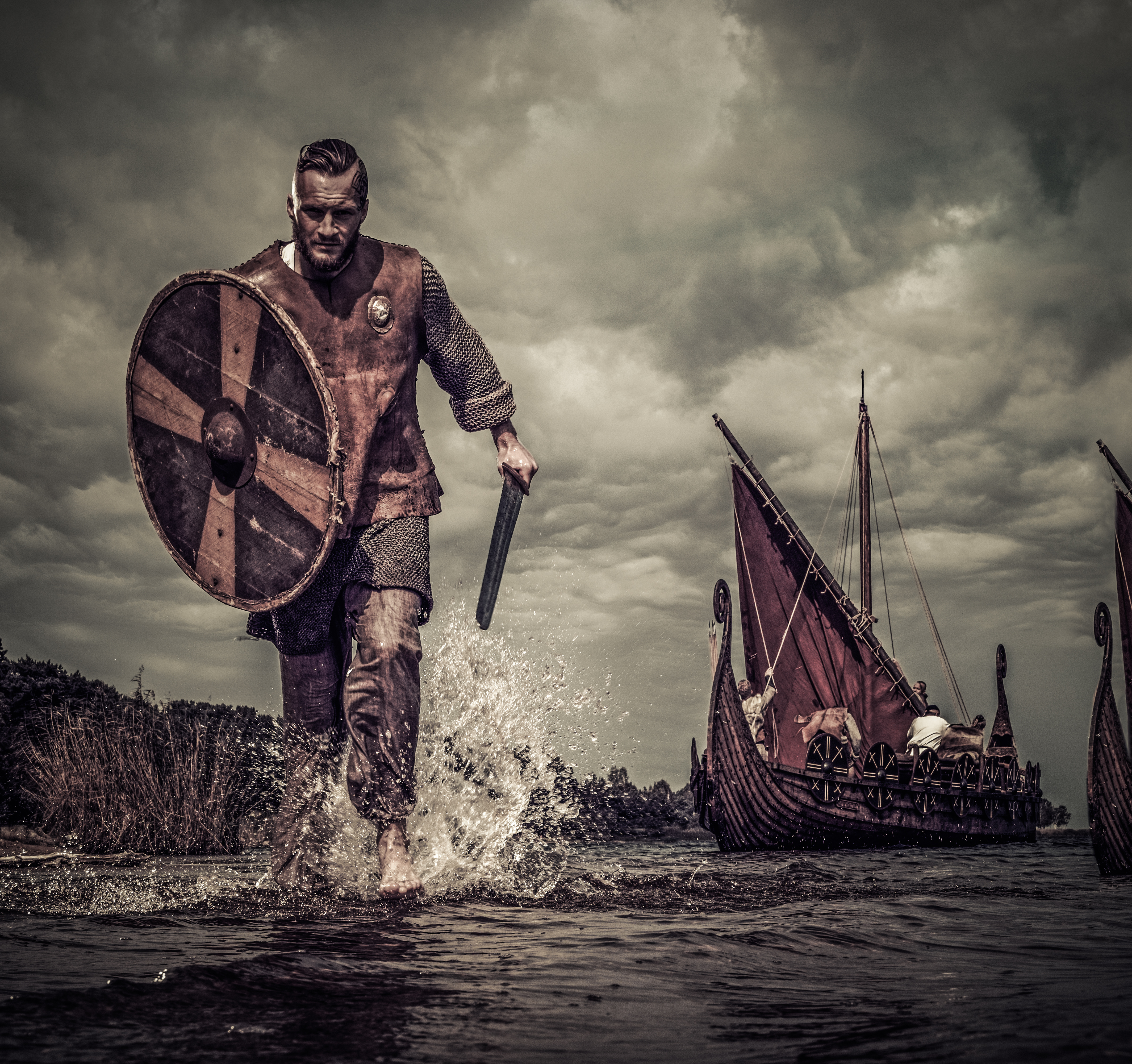
This series of posts describes fun things I learned while reading A Dark History: Vikings, by Martin Dougherty. You might find it on the discount shelf at Barnes & Noble.
This post describes the criteria for picking target for raids, adds a few comments on weaponry, and discusses life expectancy.
Newborns were valued only after they were accepted
The times were hard, as we see in so many ways.
One particular way life was harsh was that a new-born child could be abandoned to the elements if the baby was deformed or a family did not have the means to feed another mouth. This was socially acceptable.
A family accepted a baby by naming the child and having the mother nurse the baby. After a family accepted an infant, the baby was recognized by society and subject to legal protection.
If not named or nursed? The baby would be allowed to die.
Like I said, times were hard.
For some perspective, the economy was so lousy that another mouth to feed might make the difference between the family surviving the upcoming winter or much of the family dying from starvation. Life was that precarious.
Life expectancy
The book describes life expectancy in a different way.
Childhood was risky. If a person survived childhood (a big assumption), life expectancy was into the 40s.
Few people lived to their 60s.
How to pick a target for a raid
Because of the small size of boats, booty from raids needed to be high-value and low-bulk.
Raids were quick, designed to be over and done with the Vikings long gone before local help could arrive. It would take some time for the local Jarl to hear that Vikings were afoot, get the word out, and gather enough armed men to deal with the raiders. By that time, I’ll guess many hours, the Vikings hoped to be back on the water, rowing away.
Targets needed to be lightly defended.
Thus, it makes sense that monasteries were ideal targets for a raid, since they were remote, it would quite a while for help to arrive, there would be a light defense, and there would be lots of small, valuable artifacts on hand containing gold, silver, and jewels.
A raid on a monastery could be done quickly, easily producing lots of portable wealth.
Weapons
The book has a great chapter on “Viking Weapons and Combat.” Great in-depth discussion if you’ve not looked at the issues before.
Most Viking men would carry a sax, which is essentially short sword or large knife. It could be used for work and eating. Would also be a good in-close weapon during a battle.

Battle axes were more common than swords, since swords were relatively expensive. Viking axes are more a chopping weapon than a slicing weapon.
Those ‘beards’ you see on axes, the elongated blade on the lower edge, were useful for hooking an opponent’s shield and pulling it down or to the side, exposing the fighter to a rapid follow-up blow.

An effective axe was carefully designed, with a haft (handle) of precise length to allow a good arc when swung, of specific weight to be effective but not unwieldy, with the weight of the axe right behind the blade to allow concentrated force in a blow.
Typically a warrior would be equipped with an axe and shield.
Most warriors would have a spear, either with or without an axe.
Based on the amount of metal work and time needed to manufacture items, I guess the cheapest to most expensive weapons in the Viking armory would be:
- Spear point
- Sax (working knife)
- Axe
- Sword

Book has about five pages describing the Varangian Guard. Those were Vikings who enlisted in the service of the Emperor of the Byzantine empire. I’d like to go into detail on them later.
Quite a delightful book. As you can tell, I enjoyed it.